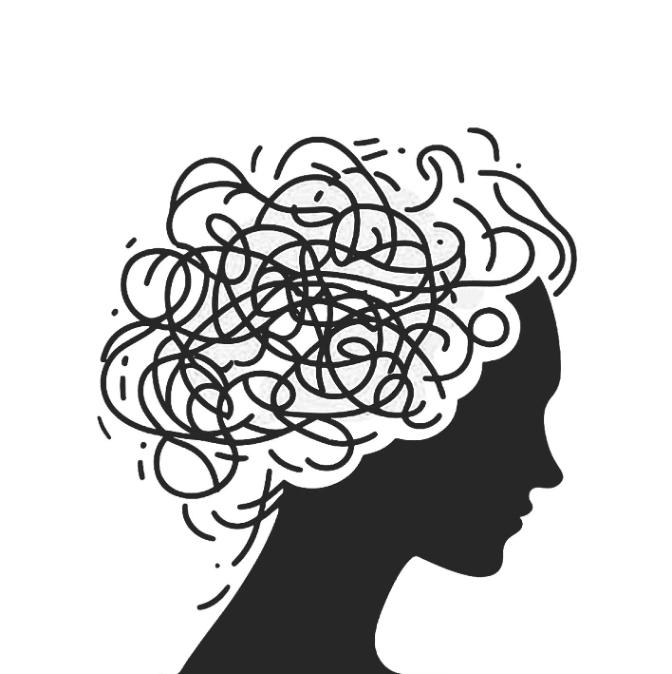Beyond Hegemony: Allopathy as an Alternative Medicine
Throughout history, civilizations have developed medical systems based on natural observation, energetic balance, and a holistic view of the human being. However, the allopathic paradigm, which emerged in modern times, has displaced these ancestral forms of knowledge, labeling them as “alternative.” It is necessary to reconsider this categorization and acknowledge that allopathy, in historical terms, is merely one more alternative within humanity’s broad therapeutic spectrum.
#Tech #Industry #Economy
This article argues that allopathy, which emerged in Western modernity, should be reconsidered as an “alternative medicine” within the broad historical spectrum of human therapeutic practices. It is worth remembering that traditionally, ancestral medical systems were based on natural observation, energetic balance, and a holistic view of the human being. Allopathy, with its focus on specific pathologies, direct interventions (drugs and surgery), and scientific methodology, displaced these bodies of knowledge by labeling them “alternative.” However, from a historical perspective, allopathy represents just one more therapeutic option, with a specific origin and development.
Throughout history, various civilizations developed rich and complex medical systems. These systems—such as Traditional Chinese Medicine, Ayurveda, and practices from Mesoamerican cultures—shared key characteristics: observing nature to identify remedies, understanding health as an internal energetic balance, a holistic vision of the individual that connects body, mind, and spirit, and the transmission of knowledge through experience and tradition. These systems, centuries or even millennia old, proved their effectiveness in their respective contexts.
Allopathy emerged in Western modernity, driven by scientific and technological advancements. It is characterized by its focus on disease as a specific pathological entity, treated through direct interventions such as drugs and surgery, and validated by the scientific method and clinical studies. While allopathy achieved significant breakthroughs, its consolidation as the dominant paradigm led to the marginalization of other medical systems, labeled as “alternative,” which implies an unjustified historical hierarchy.
By adopting a broad historical perspective, allopathy is revealed as a form of medicine that arose at a specific time and place, with particular principles and methods. Compared to the temporal depth and geographical diversity of other medical systems, allopathy constitutes a more recent “alternative.” Recognizing this does not deny its achievements, but rather contextualizes its position and challenges the implicit hierarchy in the traditional categorization.
This new perspective allows for the appreciation of the richness of ancestral medical knowledge, promotes the integration of different therapeutic approaches, encourages intercultural research on the efficacy of various practices, and empowers patients by offering a wider range of informed choices. Humanity’s health and well-being can benefit from equitable dialogue and respect for the plurality of medical knowledge.
How did this semantic and epistemological inversion come about? Through a powerful machinery: marketing, regulation, hard science, and strategic alliances with governments and corporations. Allopathy not only gained space in hospitals and universities, but also in legal frameworks, scientific discourse, and public health policies. In the process, ancestral knowledge was labeled “alternative,” “complementary,” or even “dangerous.”
Reconsidering allopathy as a “true alternative medicine” within the historical landscape allows for a fairer assessment of the various medical systems developed by humanity. The integration and respect for this plurality of knowledge can enrich health care options and promote a holistic approach to well-being.

Lic. Alma Patricia Sam Chanez
Founder and General Director of Colegio Superior de Medicina Alternativa







